Yard Tuff 72 in. Pine Straw Rake, 5/16 in. Spring Steel Tines YTF-72PSR
-
( 2 Reviews )Rated 4.50 out of 5 based on 2 customer ratings02
- SKU: 160617799
The Yard Tuff 72 in. Pine Straw Rake covers a working width of 72 in. to help you cover a lot of ground at once. The pine straw rake contains 28, 5/16 in. spring steel tines for optimal performance, durability, and reliability to ensure that you can get the job done.
-
Hayrite 4 ft. Bale Chute, Pan-Type
Rated 4.67 out of 503Hayrite 4 ft. Bale Chute, Pan-Type
Rated 4.67 out of 503 -
CountyLine 12 ft. Economy Tube Gate, Blue
Rated 5.00 out of 511CountyLine 12 ft. Economy Tube Gate, Blue
Rated 5.00 out of 511
The Yard Tuff 72 in. Pine Straw Rake covers a working width of 72 in. to help you cover a lot of ground at once. The pine straw rake contains 28, 5/16 in. spring steel tines for optimal performance, durability, and reliability to ensure that you can get the job done. The pneumatic, 12 in. wheels provide you with easy maneuverability over various terrains. Constructed of durable steel with a powder-coat paint finish to resist corrosion, this pine straw rake gives you a rake that will last. The rake features a lift handle to conveniently drop your collection, making your job nearly effortless. Quickly and effectively rake pine needles/straw, leaves, grass, and debris with the pine straw rake. YTF-72PSR
- Spring straw rake covers a working width of 72 in.
- Twenty-eight, 5/16 in. spring steel tines for optimal performance, durability, and reliability
- 12 in. pneumatic tires provide you with easy maneuverability over various terrains
- Constructed of durable steel with a powder-coat paint to resist corrosion, giving you a long-lasting rake
- Includes a lift handle to drop your collection, making your job easy
- Pin hitch attaches to your ATV, UTV, or utility tractor
- Rakes pine, straw, leaves, grass, and debris
- 12 month limited parts warranty
Additional information
| Attachment Method | Tow Behind |
|---|---|
| Brand Compatibility | Yard Tuff |
| Features | Rust/Corrosion Resistant, Wheeled, Weatherable |
| Attachment Type | Landscape Rakes |
| Model Compatibility | ATV/UTV/Utility Tractor |
| Primary Color | Black |
| Primary Material | Steel |
| Product Height | 46 in. |
| Product Length | 72 in. |
| Product Width | 53 in. |
| Product Weight | 98 lb. |
| Warranty | 12 Months Limited Parts |


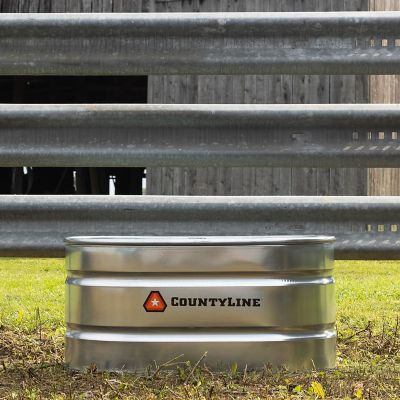
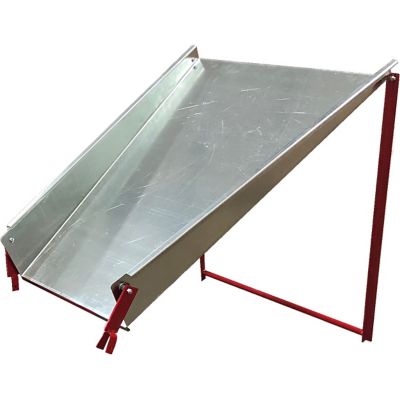

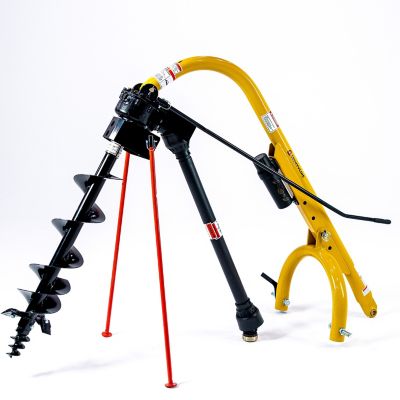

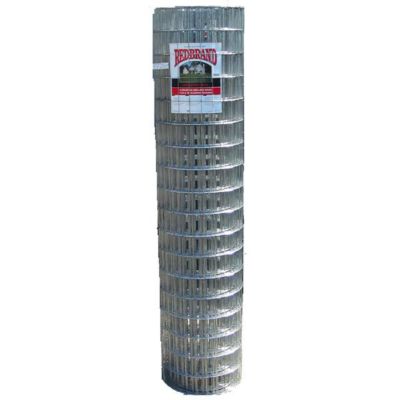
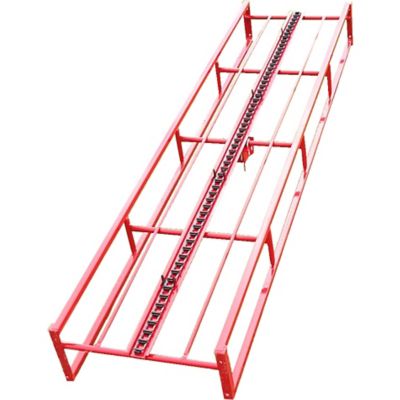
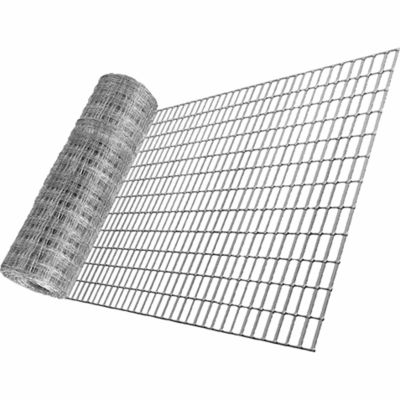
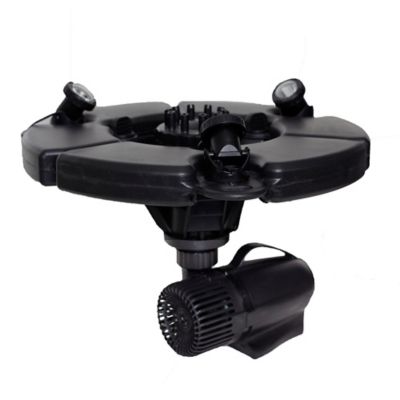
by Roy
The rake was easy to assemble and has worked beyond our expectations. This was a great purchase.
by Billy
Nice. Works good. Main use was sticks in yard. Added weight on top of rake seemed better for larger stick collection. Pull slow and gets the JOB done!